How To Care For Anthurium Plants
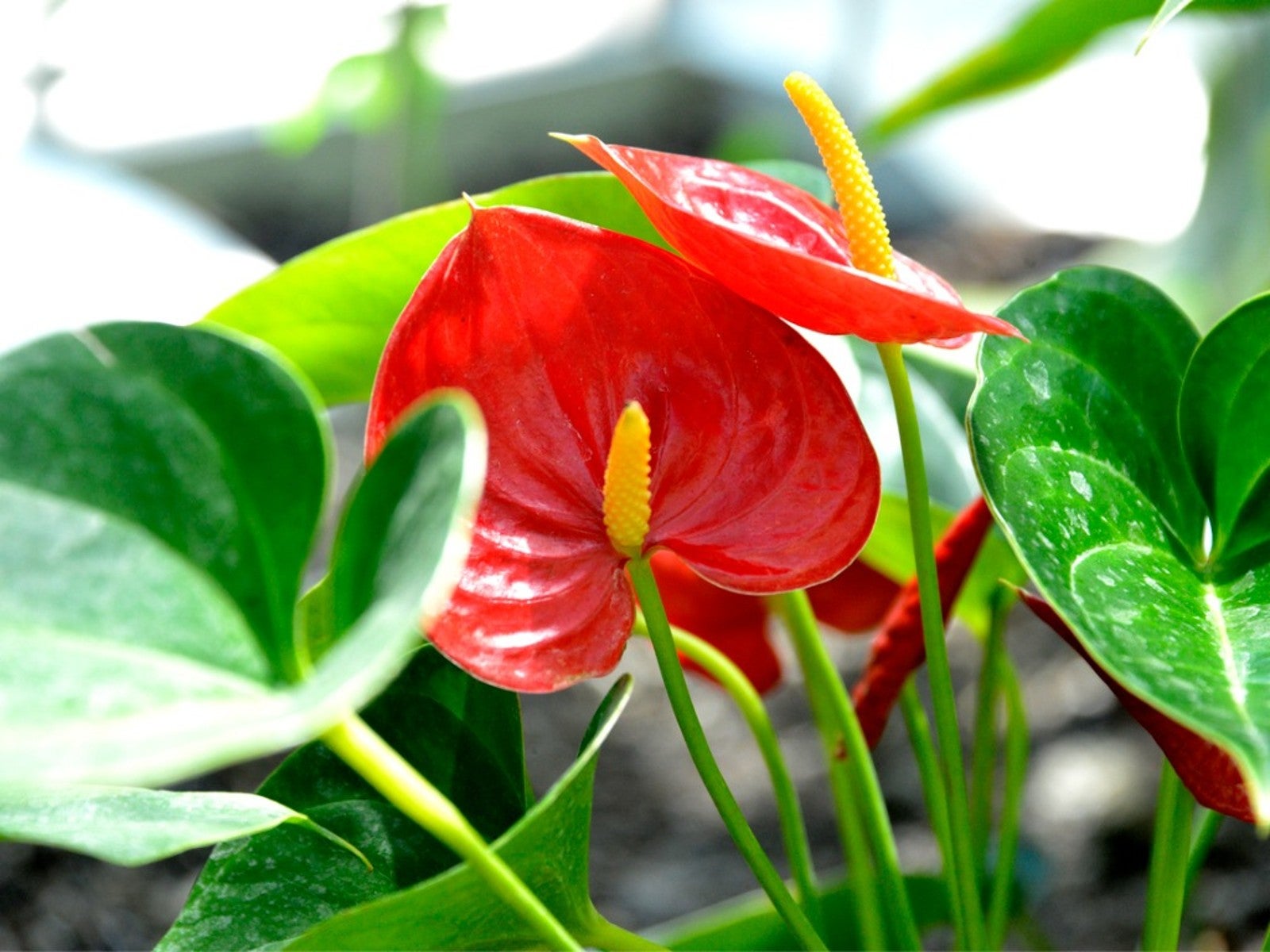

Mary Ellen Ellis
Quick Anthurium Facts:
- Botanical name - Anthurium andraeanum
- Height - 1.0 to 1.5 feet (30.5 to 45.7 cm)
- Spread - .75 to 1.0 feet (22.9 to 30.5 cm)
- Sun exposure - Bright, indirect
- Soil requirements - Rich and well-draining
- Hardiness zones - 11 to 12
- When to plant - Year-round
About Anthurium
The anthurium is a tropical native grown mostly as a houseplant in North America’s cooler areas and as a landscaping plant in USDA zones 10 or higher. Common names for anthurium include flamingo flower, flamingo lily, painter’s palette, and tailflower. Plant lovers like its shiny, dark green leaves, bright flower spathes, and low maintenance needs when grown indoors.
Known for its striking spathes and shiny leaves, anthurium is grown most often as a houseplant and cut flower. What looks to be the flower of the anthurium is actually a spathe, a modified leaf that surrounds the spadix. On the spadix are the small, tightly clustered flowers.
The spathe is large, waxy, and usually bright red. You can now find varieties with white, salmon, pink, or even greenish spathes. Anthurium produces long-lasting flowers and blooms throughout the year.
How to Care For Anthurium Plants
Anthurium plant care is fairly easy, which is one reason it is a popular houseplant. It’s not for every home, though, as anthurium is highly toxic to humans and pets. If you have pets or small children, reconsider growing anthurium, or keep it out of reach.
Anthurium Water Requirements
Let your anthurium’s soil or potting mix dry out between waterings. Only water an anthurium when the soil is dry to the touch. The plant is susceptible to root rot, so too much water can cause the roots to die. The soil should be lightly moist and drain very well for the best results. Anthurium also thrives best in humid conditions. If your home is dry, use a pebble tray under the planter or mist the entire plant with water regularly.
Don’t overwater, but don’t allow the plant to become too dry in a pot, either. This will slow down its growth making the rootball difficult to re-wet. If the rootball becomes too dry in the pot, soak the entire pot for an hour to rehydrate it.
Anthurium Light Needs
The best light for anthurium plants is bright and indirect. Place it by a bright window with another plant or sheer curtains to filter the light. It will tolerate low light but will not bloom as prolifically. Too much direct light can scorch the leaves.
Gardening tips, videos, info and more delivered right to your inbox!
Sign up for the Gardening Know How newsletter today and receive a free copy of our e-book "How to Grow Delicious Tomatoes".
Soil for Anthurium Plants
Good anthurium care includes using a potting mix that’s loose and drains very well. In its native range, anthurium grows epiphytically without soil, so a very loose potting mix is important. A good blend is half potting mix and half perlite. Another option is a combination of cactus and orchid soil mix.
Anthurium Fertilizer
You can easily get away with never fertilizing an anthurium plant and it will still bloom, but to get more flowers, use a standard fertilizer once every few months diluted to quarter strength. For the best blooms, use a fertilizer that has a higher phosphorus number (the middle number on fertilizer).
If you live in a climate where anthurium can grow outdoors, plant it in a well-drained location. Anthurium plants don’t like continually moist soil.
Pruning & Repotting Anthurium
Anthurium pruning requirements are minimal. To encourage blooms, you can trim off spent flowers and spathes. It will not grow too quickly but can benefit from transplanting to a bigger container every two to three years. If the plant is growing out of the container, it’s time to repot. Choose a new container that is about 20% bigger than the current one.
Problems, Pests & Diseases
There are few issues associated with growing anthurium. The most common problem is root rot or a fungal infection due either to overwatering or to soil that doesn’t drain well and retains too much water. You can avoid these problems by using the right potting mix and not overwatering.
Anthurium pests are minimal, but look for spider mites, scale, white fly, and mealy bugs. Use a mild insecticidal soap or gently swab the affected area with a soft cloth or cotton soaked with rubbing alcohol.
Anthurium Propagation Tips
Anthurium is easy to propagate by division. When repotting a plant, remove a clump of fleshy roots with at least one point of growth, and repot in a separate container.
If it’s not time to repot an anthurium and you don’t want to uproot it, you can also take a cutting. Plant your cutting in potting mix and keep it moist or place it in water. Change out the water every few days. Be patient, as it can take six to eight weeks to see root growth.
Types of Anthurium
Like many other popular tropical houseplants, it’s fun to seek out unique types and varieties of anthurium. The most common types have a bright red or pink spathe, but you can find newer varieties in other colors. Some other unique species or cultivars to search for include:
Anthurium "Black Beauty"
This cultivar has dark, glossy, nearly black spathes.
Anthurium "Centennial"
Developed in Hawaii, this variety has white spathes with green veining.
Anthurium scherzerianum
This species looks very similar to Anthurium andraeanum except for its spadix, which is curled.
Anthurium clidemioides
This species of anthurium has unique textured foliage.
Anthurium crystallium
This one is also desirable for its unique foliage. The leaves are veined with white and have a crystal-like, shiny texture.
Anthurium care indoors is simple, which makes this striking specimen a popular houseplant. Only grow anthurium outdoors if you are in a hot, sub-tropical or tropical climate. An anthurium growing in your home or garden will reward you with wonderful, long lasting flowers.
Check out our Complete Guide to Houseplants.

Heather Rhoades founded Gardening Know How in 2007. She holds degrees from Cleveland State University and Northern Kentucky University. She is an avid gardener with a passion for community, and is a recipient of the Master Gardeners of Ohio Lifetime Achievement Award.
- Mary Ellen EllisWriter
-
 4 Superfast Composting Methods: Turn Waste Into Garden Gold In 30 Days Or Less
4 Superfast Composting Methods: Turn Waste Into Garden Gold In 30 Days Or LessTry the fastest composting methods to turbocharge your pile and transform kitchen scraps and garden waste into finished compost in just a few weeks.
By Mary Ellen Ellis
-
 Best Spider Plant Soil – Complete Soil Guide And Expert Tips For Keeping Plants Happy
Best Spider Plant Soil – Complete Soil Guide And Expert Tips For Keeping Plants HappySpider plants are fun and easy plants to grow, but what is the best soil for a spider plant? Selecting the right soil is important so they can thrive.
By Bonnie L. Grant
-
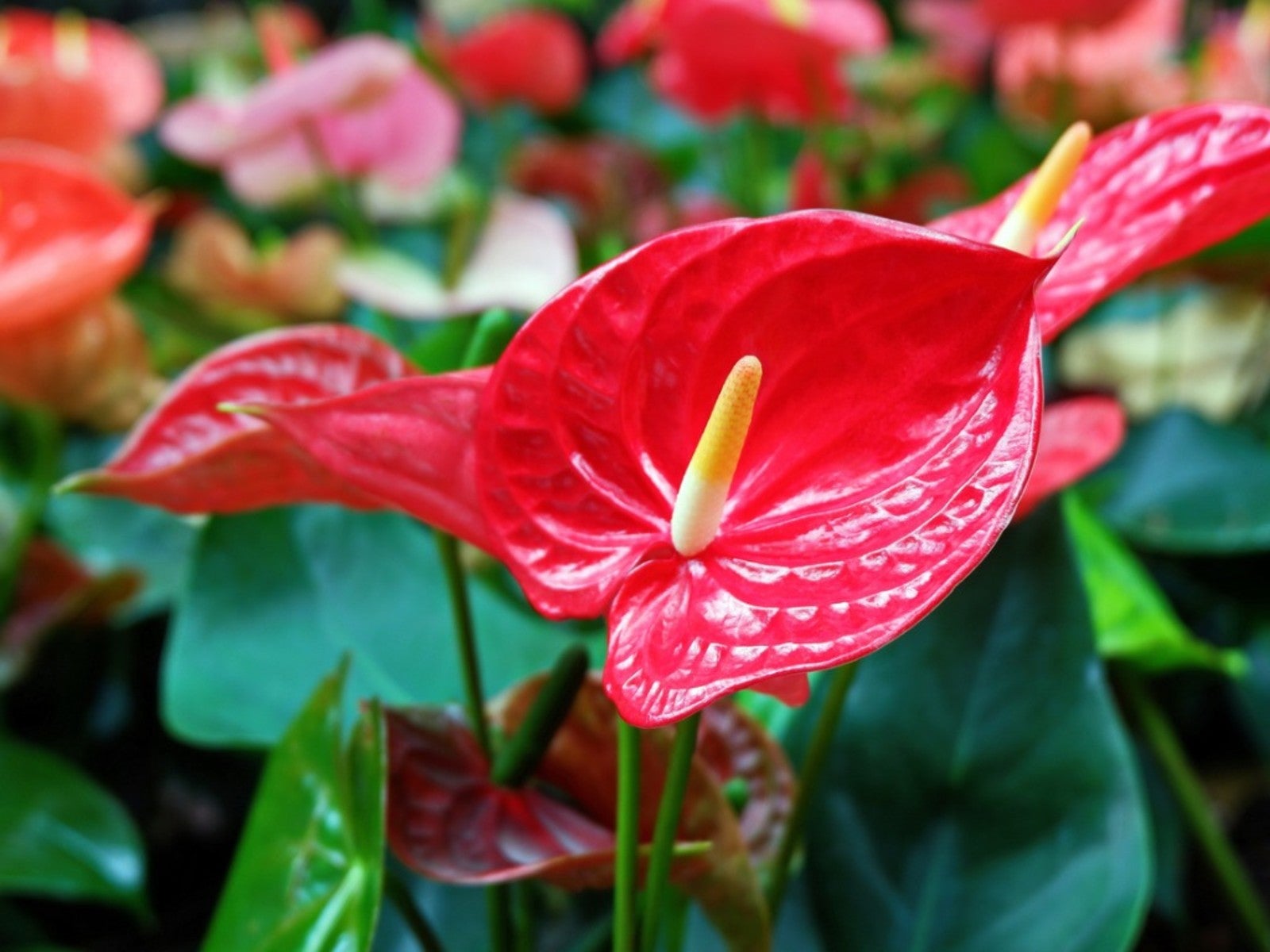 Can I Grow Anthurium In Water - Anthurium In Water Care Tips
Can I Grow Anthurium In Water - Anthurium In Water Care TipsYou can often find Anthuriums for sale glued to a piece of volcanic rock or pumice soaked in water. This would lead you to question, "Can I grow Anthurium in water?"
By Bonnie L. Grant
-
 Is Anthurium Trimming Necessary: How To Prune Anthurium Plants
Is Anthurium Trimming Necessary: How To Prune Anthurium PlantsIn spite of its exotic appearance, anthurium is surprisingly low maintenance. However, cutting back an anthurium is necessary from time to time to keep the plant happy and healthy. Wondering how to prune anthurium? Learn more in this article.
By Mary H. Dyer
-
 Anthurium Plant Division: How And When To Split Anthuriums
Anthurium Plant Division: How And When To Split AnthuriumsAnthurium is a great plant even for inexperienced gardeners. Maintenance is low, although dividing anthuriums is sometimes necessary to keep them blooming. Click this article to learn more about when and how to divide these plants.
By Mary Ellen Ellis
-
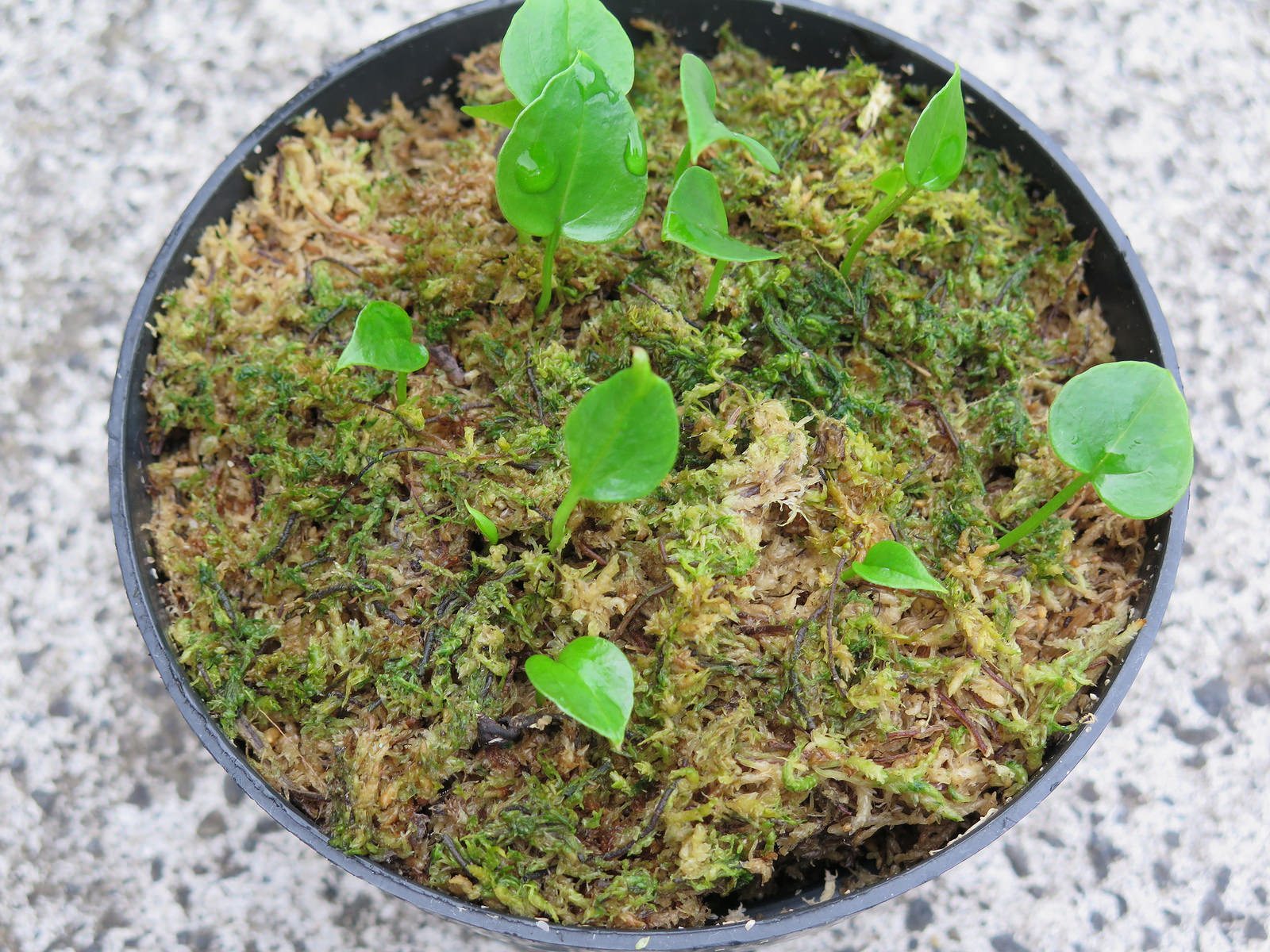 Seed Propagating Anthuriums: Learn About Planting Anthurium Seeds
Seed Propagating Anthuriums: Learn About Planting Anthurium SeedsCuttings are a far easier way to get a new plant, but if you are up for an adventure, some tips on planting anthurium seeds can help you find success. This article will help get you started with propagating anthuriums from seed.
By Bonnie L. Grant
-
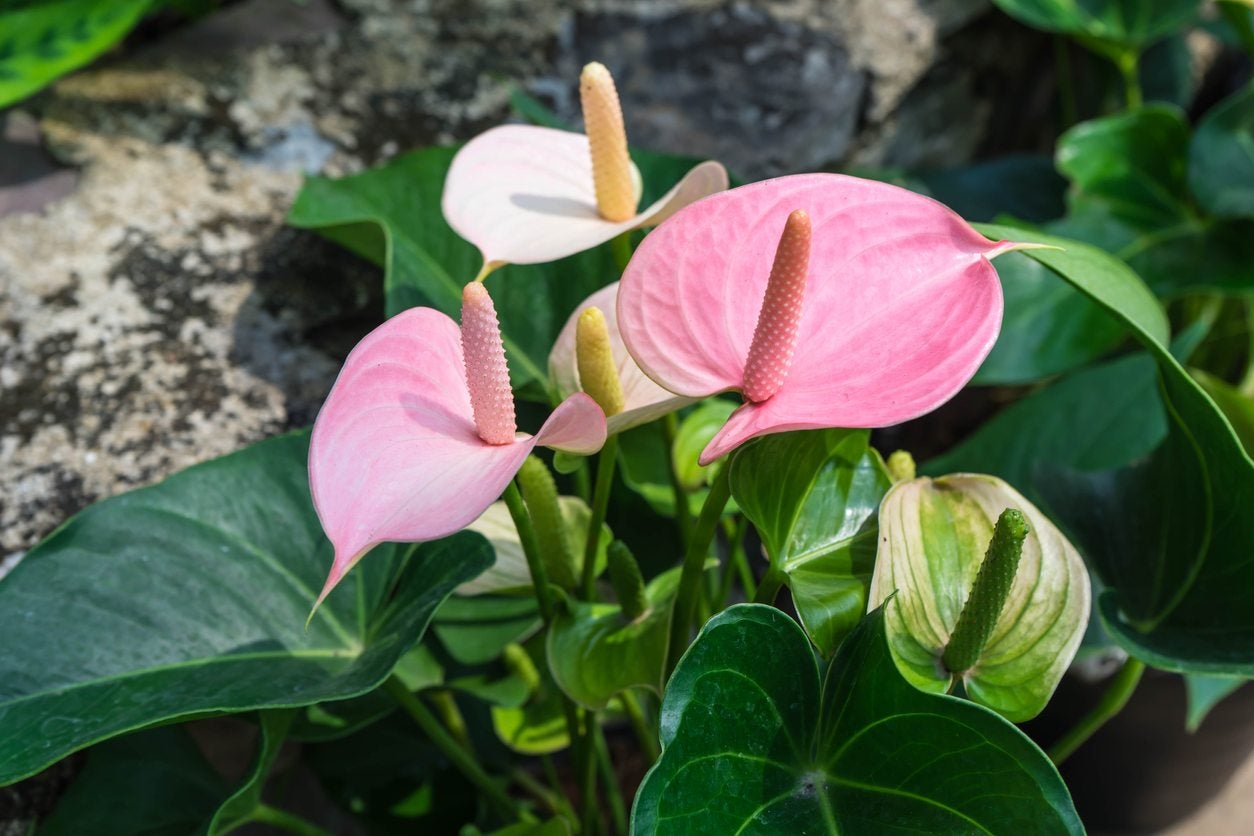 Anthurium Outdoor Care – How To Grow Anthuriums In The Garden
Anthurium Outdoor Care – How To Grow Anthuriums In The GardenJust one anthurium plant can give a room a more tropical feel. Naturally, homeowners are adding this exotic plant to their outdoor rooms as well. However, while anthurium tends to grow well inside, anthurium outdoor care is more difficult. Learn more here.
By Darcy Larum
-
 Anthurium Plant Pests – Controlling Insects On Anthuriums
Anthurium Plant Pests – Controlling Insects On AnthuriumsAnthurium pest control starts with recognizing the insects infesting the plant and then taking prompt measures to eradicate them. Learn more about them in this article and find tips on how to control insects on anthuriums.
By Bonnie L. Grant
-
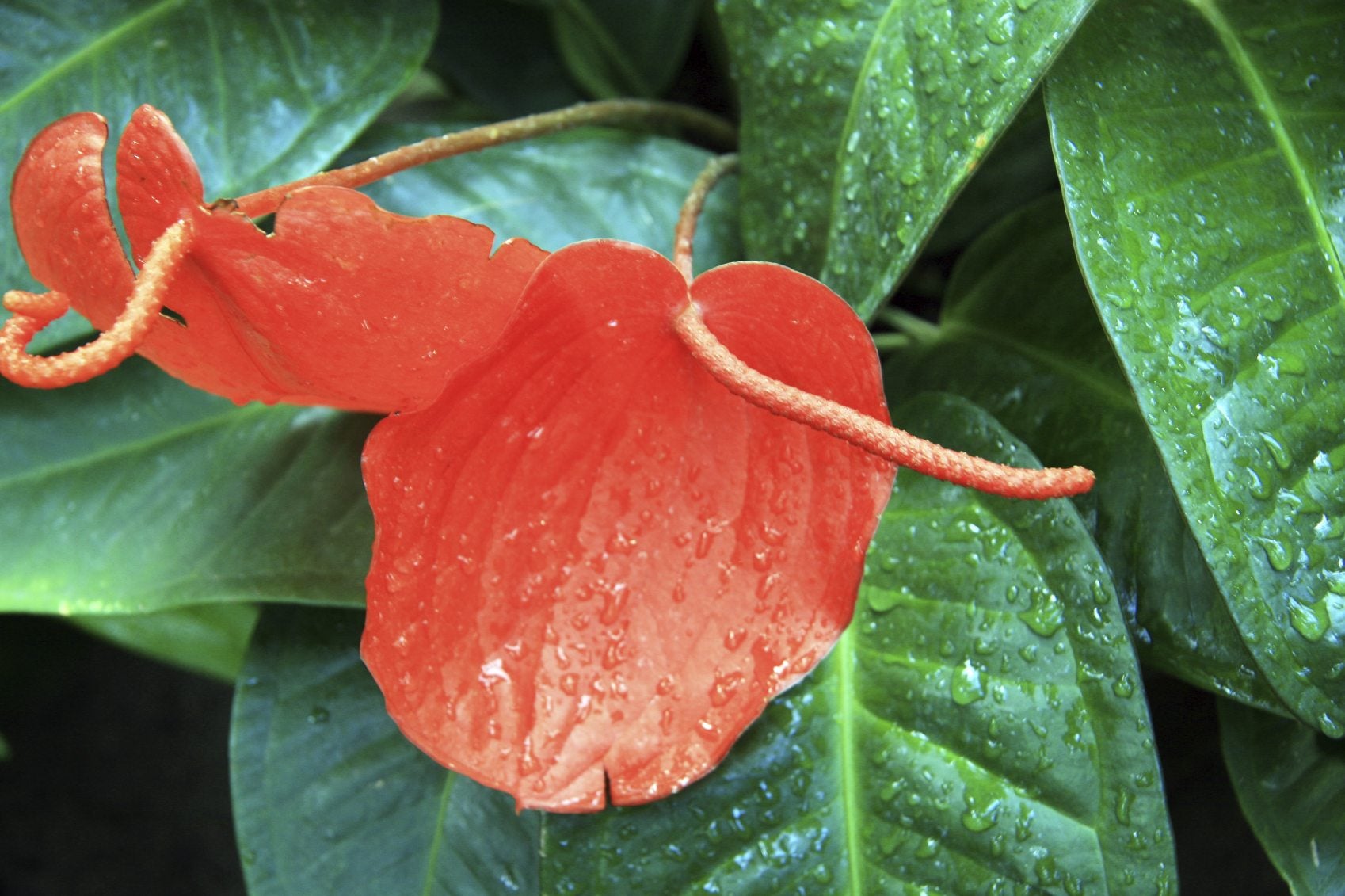 How Often To Water Anthuriums – Helpful Anthurium Watering Instructions
How Often To Water Anthuriums – Helpful Anthurium Watering InstructionsAnthuriums are interesting, lesser-known plants. The flowers have a unique look and low maintenance requirements, particularly when it comes to water. Learn more about anthurium water requirements in this article.
By Liz Baessler
-
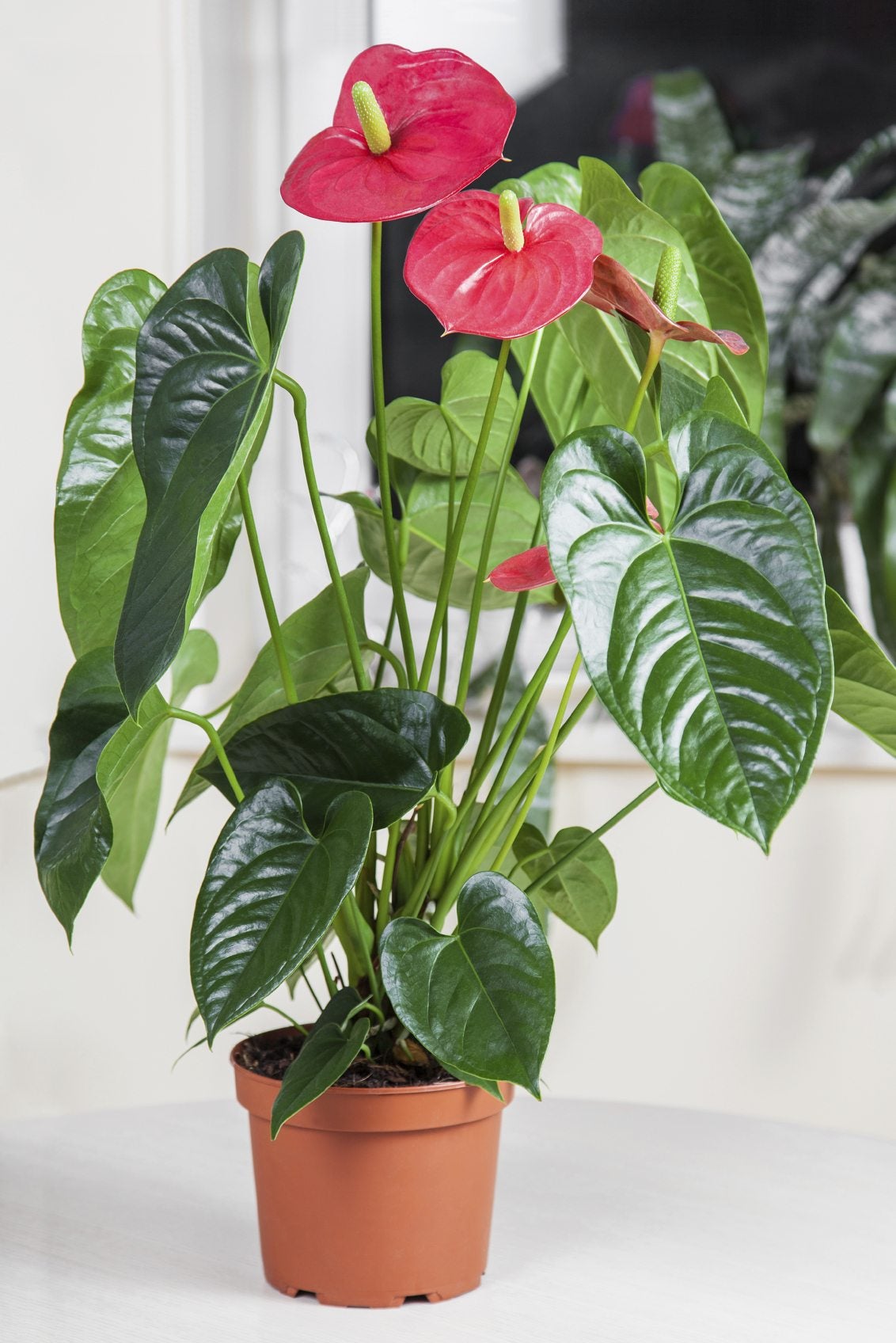 Anthurium Plant Care: Learn About Repotting Anthuriums
Anthurium Plant Care: Learn About Repotting AnthuriumsAnthurium plant care is relatively straightforward and repotting anthurium plants is a task that should be done only when required. Find valuable information on when and how to begin repotting anthuriums in this article.
By Mary H. Dyer